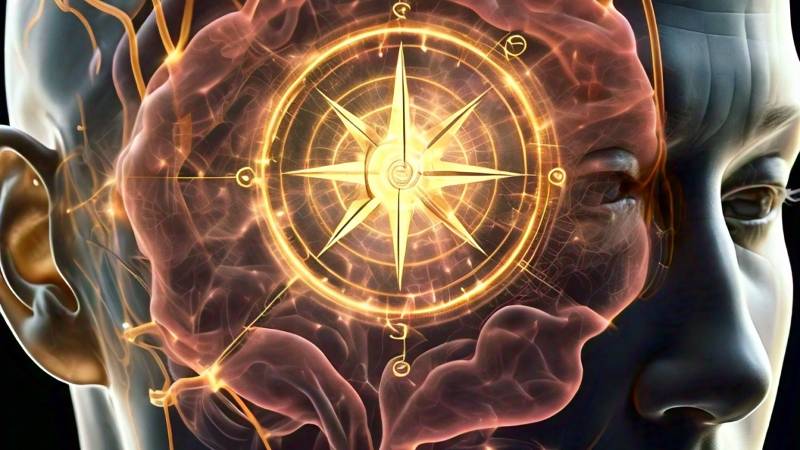Researchers from the University of Birmingham and Ludwig Maximilian University of Munich have identified a pattern of brain activity that helps humans navigate through their environment without getting lost. The study, published in Nature Human Behaviour, is the first to pinpoint the location of an internal neural compass in the human brain.
The findings reveal finely tuned head direction signals within the brain, similar to the neural codes previously identified in rodents. These signals have implications for understanding diseases such as Parkinson’s and Alzheimer’s, where navigation and orientation are often impaired.
Overcoming Challenges in Measuring Neural Activity During Movement
Measuring neural activity in humans while they are moving is challenging, as most technologies require participants to remain as still as possible. To overcome this challenge, the researchers used mobile EEG devices and motion capture technology.
“Keeping track of the direction you are heading in is pretty important. Even small errors in estimating where you are and which direction you are heading in can be disastrous,” said Dr. Benjamin J. Griffiths, the study’s first author. “We know that animals such as birds, rats and bats have neural circuitry that keeps them on track, but we know surprisingly little about how the human brain manages this out and about in the real world.”
The study involved 52 healthy participants who took part in motion-tracking experiments while their brain activity was recorded via scalp EEG. In a separate study, the researchers monitored signals from 10 participants who were already undergoing intercranial electrode monitoring for conditions such as epilepsy.
Isolating Finely Tuned Directional Signals in the Brain
After accounting for confounding factors in the EEG recordings, such as muscle movement or the participant’s position within the environment, the researchers were able to show a finely tuned directional signal. This signal could be detected just before physical changes in head direction among participants.
“Isolating these signals enables us to really focus on how the brain processes navigational information and how these signals work alongside other cues such as visual landmarks,” added Dr. Griffiths. “Our approach has opened up new avenues for exploring these features, with implications for research into neurodegenerative diseases and even for improving navigational technologies in robotics and AI.”
The researchers plan to apply their findings to investigate how the brain navigates through time, to determine if similar neuronal activity is responsible for memory.
Keyword/Phrase: internal neural compass


